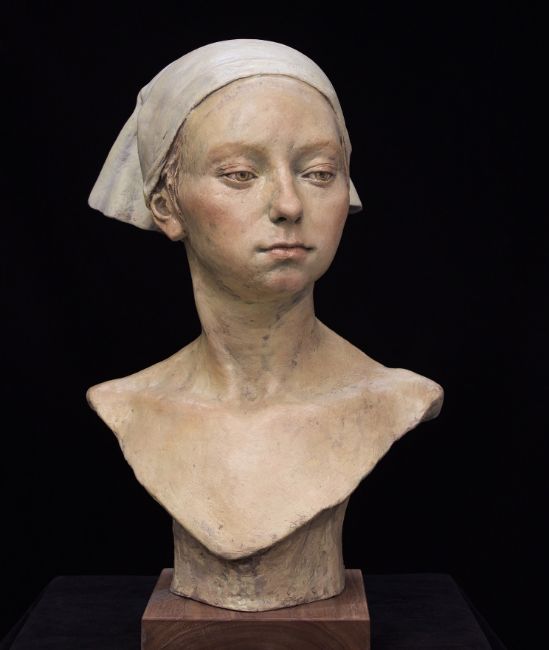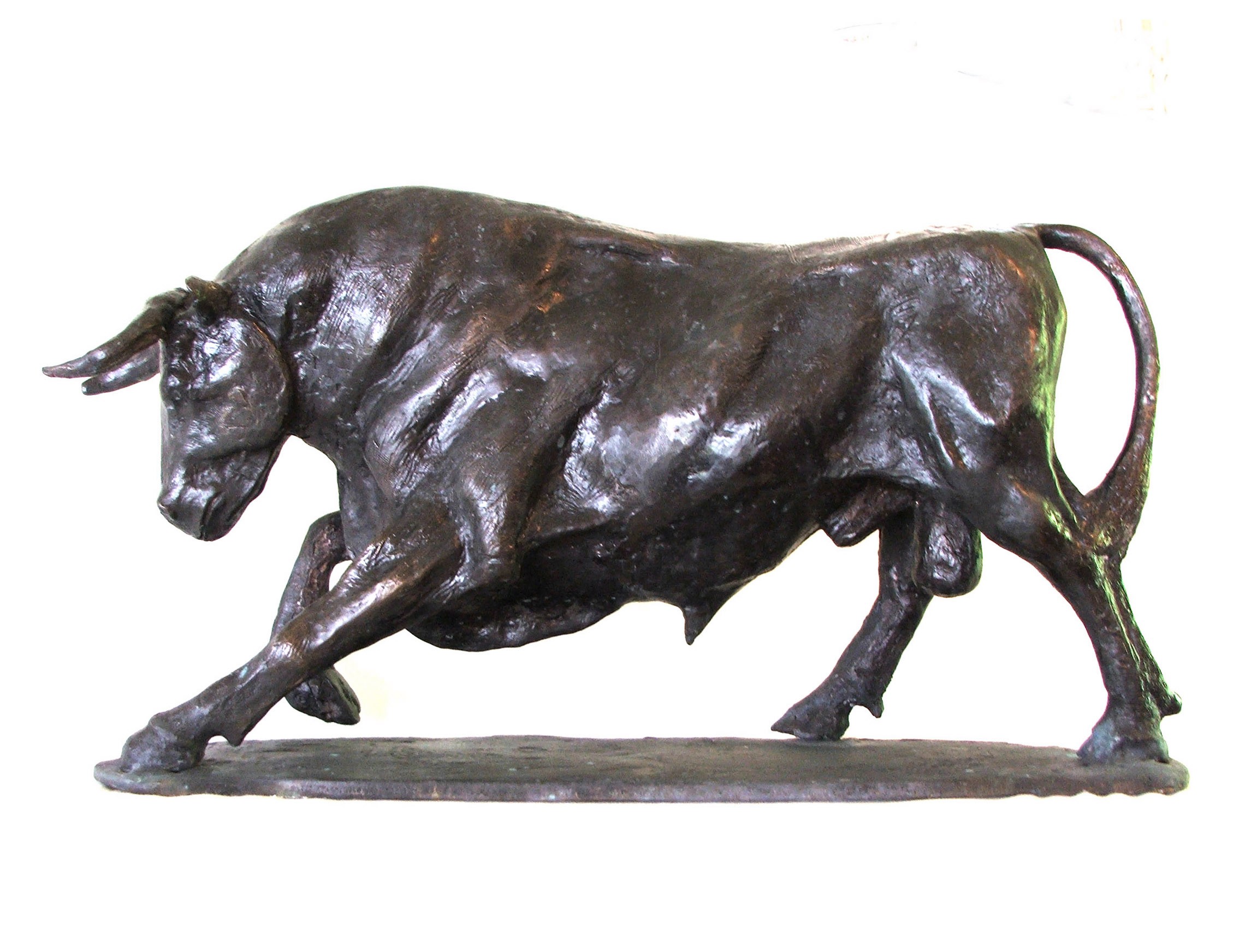The Influence of Nature in Sculpture Art
The influence of nature in sculpture art is a subject that has actually captivated musicians throughout background. From ancient people to contemporary artists, the environment has acted as a profound source of inspiration. This impact is evident in the organic types and shapes that are frequently discovered in sculpture, simulating the curves and shapes of nature. Carvers additionally discover texture and materials in their job, looking for to recreate the responsive qualities of the all-natural world. Symbolism of natural environments is an additional way in which nature affects sculpture, as musicians imbue their developments with the meaning and associations intrinsic in these aspects. The atmosphere itself, with its landscapes, plants, and fauna, is frequently reflected in sculptures, offering a link to the globe around us. Inevitably, sculpture art has the power to capture the transience of nature, cold a moment in time and permitting us to appreciate its beauty in all time.
Organic Shapes and forms
Organic forms and shapes, motivated by the unified structures and complex patterns found in nature, play an essential role in the realm of sculpture art. Artists have actually long been mesmerized by the charm and intricacy of the environment, finding motivation in the elegant contours of a seashell, the fragile flowers of a blossom, or the twisting branches of a tree. By mimicing and extracting these natural types, musicians are able to develop sculptures that stimulate a feeling of harmony and equilibrium.
One of the factors organic types and shapes are so prevalent in sculpture art is their ability to attach with customers on a deep psychological level. The environment knows to us all, and when we see these types represented in art, it elicits a sense of convenience and recognition. It advises us of our location in the grand plan of points and enables us to get in touch with something higher than ourselves.
Furthermore, organic forms and forms in sculpture art typically personify a feeling of activity and energy. The moving lines and dynamic structures imitate the continuous movement and growth discovered in nature. This develops a sense of vigor and brings sculptures to life, making them appear as if they could continue to transform and advance before our eyes.
Structure and Product Expedition
A significant element of sculpture art influenced naturally is the exploration of appearance and materials through making use of different techniques and mediums. Musicians often attract motivation from the diverse appearances located in the all-natural world, such as the rough bark of a tree, the smooth surface of a stone, or the elaborate patterns on a leaf. By including these structures into their job, sculptors can produce a responsive experience for customers, welcoming them to involve with the art work on a sensory degree.
Appearance can be attained in sculpture through a range of techniques. Some musicians select to sculpt or shape straight right into the chosen product, producing a three-dimensional surface that mimics the structures located in nature. Others might use strategies such as molding or casting to record the information of organic appearances. Additionally, musicians may trying out different materials, such as timber, steel, clay, or stone, each offering its very own special structure and aesthetic allure.
Product expedition is additionally a considerable part of sculpture art affected by nature. They may include all-natural elements like branches, leaves, or even dirt right into their sculptures, obscuring the boundaries in between art and the atmosphere.
Meaning of Natural Environments
The consolidation of all-natural elements in sculpture art includes a layer of significance and deepness to the art work. By making use of materials discovered in nature, artists have the ability to imbue their productions with significance that resonates with customers on an extensive degree. Natural components such as wood, stone, and plants have actually been utilized throughout history to share various symbolic messages.
Sculptures crafted from this material can stimulate a feeling of connection to the earth and the cycles of life. Sculptures click to investigate sculpted from stone can represent the ageless nature of specific ideas or concepts.
Plants and flowers are likewise regularly included into sculpture art, representing styles of appeal, growth, and renewal. The fragile flowers and vibrant shades of blossoms can evoke feelings of delight, while the intertwining branches of plants can represent interconnectedness and unity.
Along with these all-natural materials, artists may also utilize natural aspects such as wind, fire, or water to better boost the symbolic message of their art work. These aspects can represent the transformative power of nature, the flow of time, or the forces that shape our world.

Reflections of the Setting
Representations of the Environment can be seen in sculpture art via the incorporation of natural environments and the representation of ecological themes. Artists frequently draw ideas from the setting, making use of materials such as wood, stone, or perhaps recycled products to develop their art work. By utilizing these natural components, they not only pay homage to the setting but also produce a more powerful link between the artwork and its surroundings.
Along with the products utilized, sculpture art likewise shows the environment with the portrayal of environmental styles. Lots of carvers pick to show animals, plants, or landscapes in their work, highlighting the beauty and frailty of the environment. These sculptures work as tips of the importance of protecting our setting and the requirement for sustainable practices.

Additionally, environmental sculptures frequently aim to increase understanding about pressing environmental problems. They offer as graphes of the effect of human tasks on the atmosphere, such as climate, deforestation, or contamination modification. By portraying these issues in their art work, artists want to motivate customers to do something about it and become a lot more conscious of their own environmental impact.
Capturing the Transience of Nature
Sculpture artists better explore the influence of nature by skillfully catching the ever-changing and ephemeral aspects of the environment. Via their virtuosity, these musicians intend to illustrate the fleeting appeal and transience of nature, stimulating a feeling of wonder and reflection in visitors.
One way in which sculpture artists capture the transience of nature is by utilizing materials that are themselves based on degeneration and modification. Artists might choose to function with organic materials such as leaves, flowers, or timber, which normally wear away over time. This intentional choice highlights the brevity of nature and reminds us of the unpreventable cycle of life and fatality.
Furthermore, sculpture musicians commonly utilize techniques that create a feeling of movement and fluidness in their job. By incorporating flowing lines and dynamic types, they share the ever-changing nature of the all-natural world. This can be seen in sculptures inspired by wind, water, or the development of plants, where the artist seeks to record the essence of consistent movement and makeover.
Additionally, some musicians pick to develop short-term or site-specific setups that connect with the environment. These ephemeral sculptures, made from materials such as sand, ice, or light, are intentionally designed to slowly alter or vanish with time. By accepting the transient nature of their developments, musicians invite audiences to review the short lived beauty of the all-natural world and the impermanence of human existence.

Conclusion
In conclusion, nature has a profound influence on sculpture art. Via the usage of organic forms and forms, artists are able to stimulate a feeling of all-natural appeal and consistency. Texture and material exploration better improve the link to nature, as artists often incorporate natural products into their sculptures. Importance of natural environments includes deepness and indicating to the artwork, while representations of the setting capture the significance of nature. Inevitably, sculpture art captures the transience of nature and celebrates its eternal effect.
Significance of all-natural components is another way in which nature influences sculpture, as artists imbue their developments with the meaning and associations integral in these aspects.A considerable aspect of sculpture art influenced by nature is the expedition of structure and products through the usage of various strategies and mediums (Bronze Sculptures).Product exploration is additionally a considerable part of sculpture art influenced by nature.One means in which sculpture artists record the transience of nature is by using products that are themselves subject to degeneration and change. Appearance and product exploration even more enhance the connection to nature, as artists frequently integrate all-natural materials into their sculptures